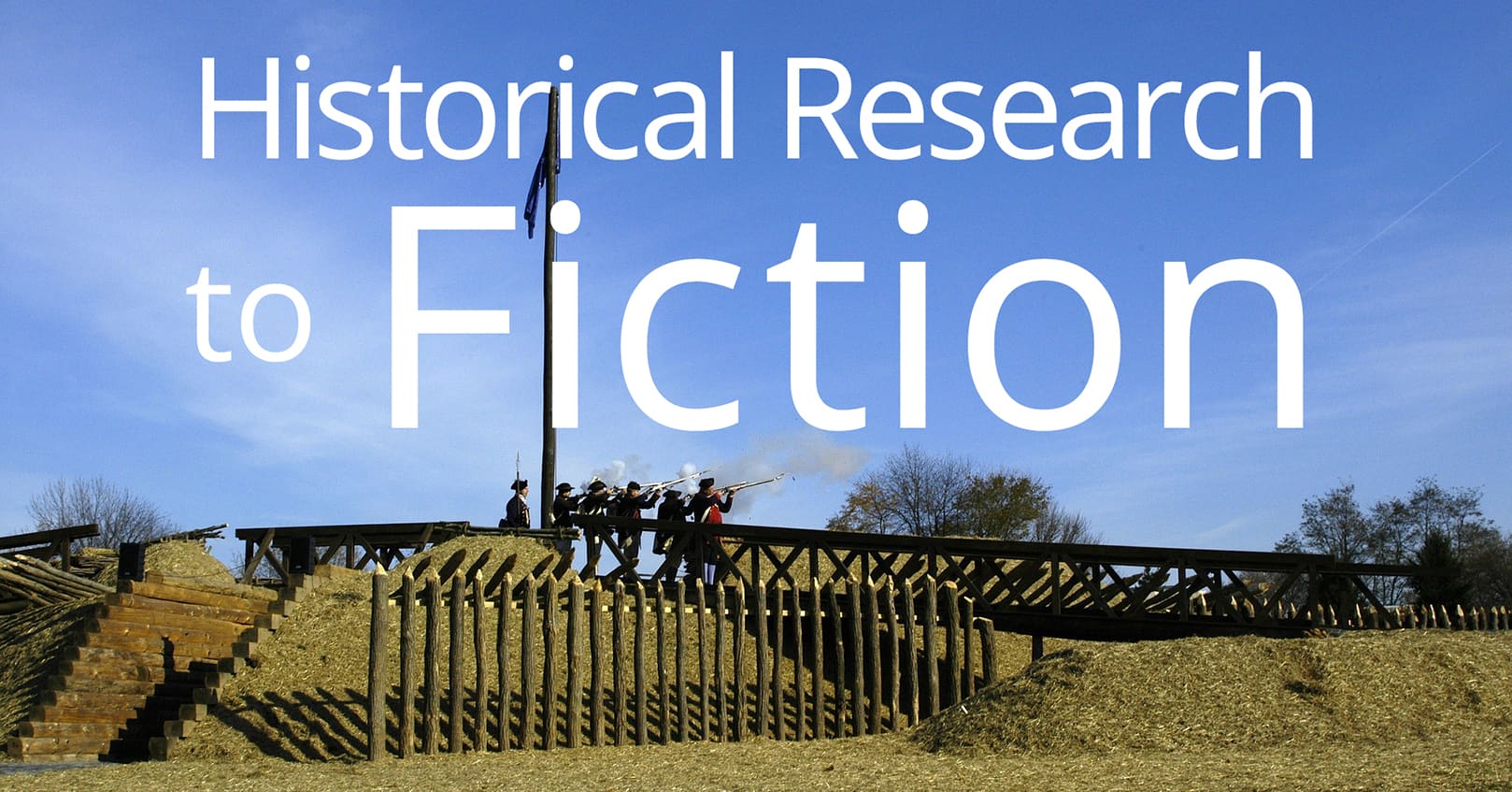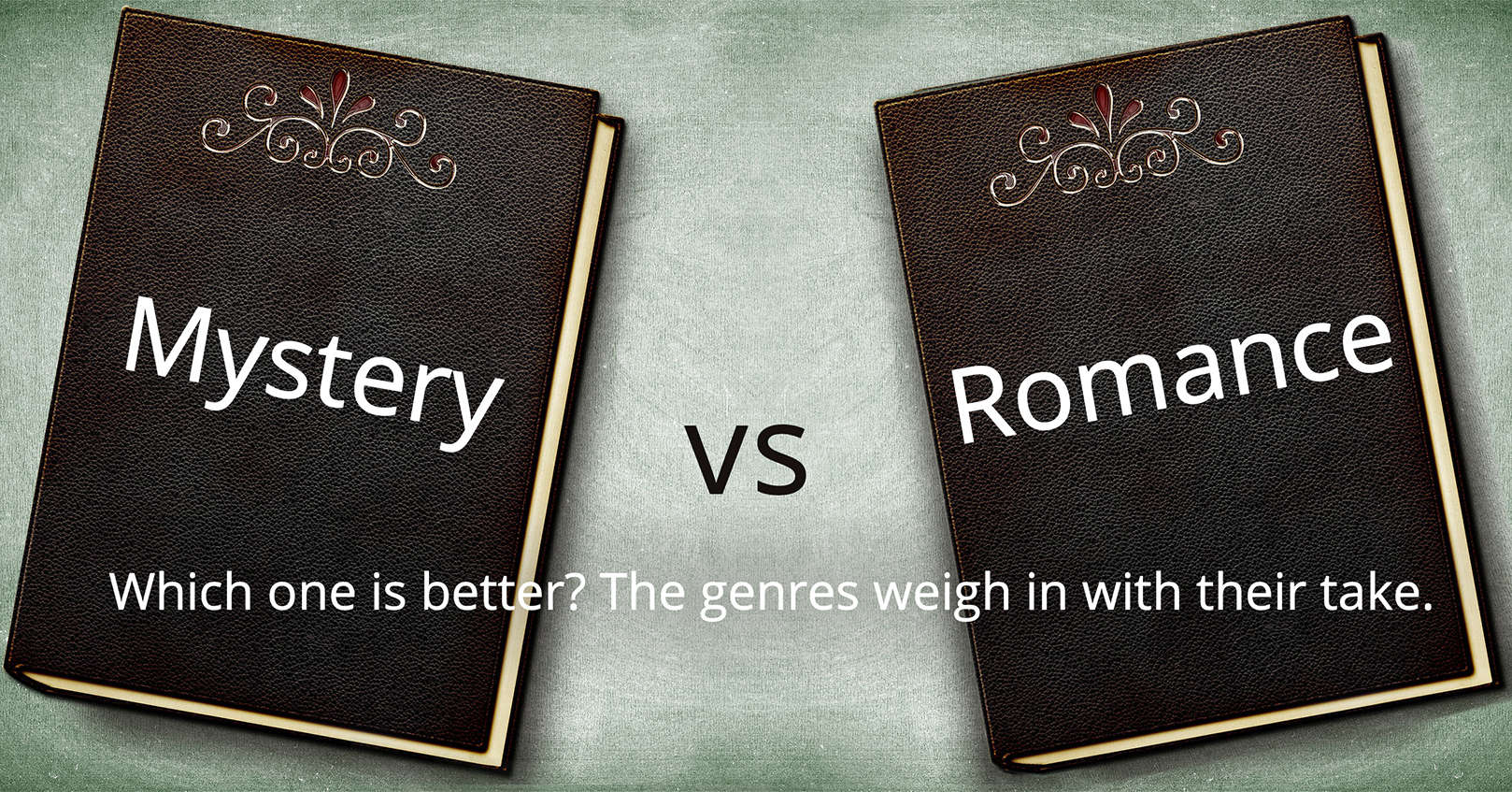
I wonder if there is anyone reading this who loves history and the process of research. From an early age, I gravitated toward an interest in the past. Perhaps that tendency came gradually from my father’s roots in and love of the history of his family. He holds the motto that part of education is the experience of travel, study, and hands-on research.
Part of my education happened when I lived in England with my parents and sisters. For two years, we walked the grounds of castles, churches (including cemeteries), and grand houses. The lives of the tenants of the past came alive through the stories of the docents, my parents, and the collection of children’s books that I read. That’s when my imagination began to wrap around historical events, people, and tales.
As a reader and writer of historical fiction, the lines between non-fiction (the facts) and fiction (the imagination) blend into a believable tale. I find the process fascinating and stimulating. The hours spent in consulting various resources pays off in a historically accurate novel.
For my Revolutionary Faith series—which consists of five books: Hold Me Close, Surround Me, Bring Me Near, Draw Me to Your Side, and Wait for Me (released February 9, 2021)—is an example of how I research before I write a novel. So far, for every novel I’ve written, I’ve visited the setting in order to obtain a feel for the buildings, churches, streets, and the overall environment.
Why did I choose Charles Town, SC, in the 1770s? One spring I stood behind a crowd of tourists listening to my father talk about our family antebellum home. He showed a locket with the portrait of my eight times great grandfather in it. For some reason, it clicked that I was related to a man who traveled from France to make his home in Charles Town. I had so many questions that could only be answered by my own investigation.
I had been to Charleston, SC, before but never with the intention of research accompanied by my huge curiosity. It is one of the loveliest and most historical cities in the US. Heading to Charleston without my family, my attention to the American Revolution was on high alert since the dates of 1770 coincided with the pre-revolution endeavors. I certainly did not remember Charles Town being a hot-bed of rebels and separatist views. My first questions arose: What did a Frenchman think about landing in a town on the brink of political upheaval? Why didn’t he turn around and head back to France? What did he do as employment? How did he fit in socially? The birth of Hold Me Close (1772–73) spilled forth from this trip. Purchasing resources in the excellent bookstores and museum shops ate up my budget! That trip took care of Surround Me too. Three additional voyages produced the research for Bring Me Near, Draw Me to Your Side, and Wait for Me. I welcomed my husband and sisters on these trips as long as I could still research. I did not imagine a five-book series in the beginning, but as my imagination wrapped around the bygone days of the 1770s, the characters took control.
I read and highlighted 25 sources for the first novel—both fiction and non-fiction. I purchased all the volumes in order to use them in the next books. I added twenty additional sources for the other novels. Needless to say, I have a small library of awesome material.
The history of Charles Town from 1772–1782 held layers of intrigue and drama, but I desired to meld it into a fictional account. Along the way, the nonfiction information took on a fictional role as my characters interacted with historical characters such as John and Abigail Adams, Christopher Gadsden, and Francis Marion. I started asking different questions to make the characters come alive. Can you imagine yourself interacting with some of your favorite historical giants? Who would they be? Well, I asked all the needed questions to bring my characters to life, walking the streets of Charles Town in 1770. Clothing, food, music, education, transportation, worship, shopping, language. Anything to make the characters alive on the pages.
When history merges with fiction, it can be a magical journey. I feel that with so many of the authors I read. I hope I will always allow the whispers from the past to color my imagination.
You can follow Marguerite through her newsletter Sylvan Reads and her website and blog.
Happy Reading!

















As a writer of historical fiction and an historian, I also enjoy the research. I sometimes find myself caught up in the history of a place or person and forget to move forward with my own writing. I also find that historical novels where the facts are just plain wrong often make me put the book aside. Covers where the costumes are all wrong do the same. Accuracy takes a bit of work, but it makes your work stand out among so many others that don’t take the time.